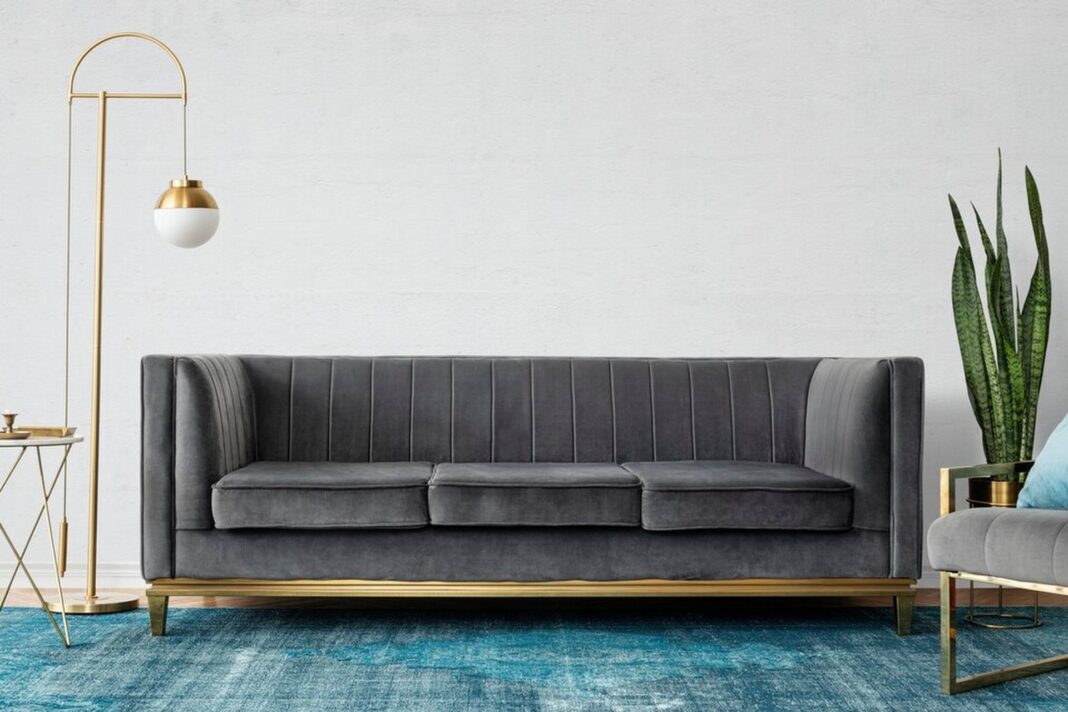Understanding Your Space: Measure Before You Shop
Knowing your room measurements is essential when buying furniture. You may save time and effort by measuring accurately. Start by measuring your space length and breadth. Note doors windows and architecture. This helps you avoid purchasing unfit things.
Create a floor layout after measuring. You may use graph paper or an app. Check how your furniture fits in the plan. Consider walkways and traffic. Well measured space provides for a harmonious interior plan. It may improve aesthetics and functionality. Remember faults are easier to see on paper than in your living room.
Choosing The Right Style: Modern Vs. Traditional
Style affects your home atmosphere. Modern designs are sleek and simple. Functionality and neutral hues are typical. Traditional designs include complex features and rich wood finishes. They frequently induce nostalgia. Personal choice and space factors determine which style to choose. Small spaces may be opened up by contemporary design.
It might seem airy and large. Traditional furniture is cozy and characterful. A room may feel more welcoming. Blend aspects from both styles. This method gives you a distinct customized appearance. Always follow your taste. Your decisions should reflect your lifestyle. Remember your room should be a stylish comfortable haven.
Comfort Matters: Test Before You Invest
Never forsake comfort while buying furniture. Try couches and chairs in person. Assess their feelings by sitting on them for many minutes. Check seat depth and height. These variables impact comfort. Various people like various comforts. Some like cushy seats while others like harder ones.
Back support matters. It should support your lumbar and natural posture. Stores provide different experiences. Explore your choices slowly. Consider visiting various showrooms. This lets you compare styles and feel textiles. You must trust your decision. Your house will be comfy for years with the correct item.
Material Matters: Fabric Vs. Leather
A room’s appearance may be changed by cloth or leather. Each has pros and cons. Fabric couches come in many hues and patterns. They’re softer and more comfy for lengthy durations. However, leather is elegant and traditional. Cleaning and maintaining are easy.
Leather is more durable than cloth because it resists wear and tear. However, upfront costs may be higher. Choose based on your lifestyle. Fabric may be kinder to families and pets. Leather may appeal to luxury seekers. Examine your everyday routine and surroundings. This will help you choose cloth or leather.
Colour Coordination: Matching With Your Decor
Any room color sets the mood. Harmony requires choosing the proper hues. Assess your decor first. Note the prevailing hues and patterns. This helps choose complementing colors. Beige gray and white are versatile. Easy updates are possible with them. Bold hues make statements.
Depending on application they may invigorate or calm an area. Try color swatches or online tools to visualize your selections. Displaying various combinations may assist. Always prioritize personal taste. Color coordination produces a coherent atmosphere. You want a place that represents your style.
Durability: What To Look For In A Sofa
Durability is key when buying furniture. Many sofas are long term investments. What makes a couch durable might greatly impact your decision. Always inquire about building supplies. Better than particle board solid wood frames last longer. Cushions are also important. Hi density foam maintains its form.
Fabric choice impacts durability. Certain fabrics withstand stains and wear better. Even legs and hardware matter. Keep them firm and linked. Understanding warranties may give you peace of mind. Manufacturers typically provide lengthier warranties to show their trust in their products. These considerations can help you choose a sturdy couch for regular use.
How Can I Measure My Space Accurately?
Best to use a tape measure. Knowing the size and arrangement helps you choose the proper item. Fabric care is another popular topic. Shoppers want to keep their investment. You may get solutions by researching material care instructions.
The correct furniture weight capacity is another concern. Ask about this especially for couches. Many purchasers prioritize safety. Answering these questions before buying may improve the shopping experience. Making educated choices can help you choose the greatest home furnishings. Each item should fit your lifestyle and aesthetics.
Budgeting: Finding The Best Sofa For Your Money
Finding the ideal couch starts with a budget. Determine your budget. Delivery and assembly fees should be considered. Research matters. Visit several businesses and websites. Compare prices for an average. Know deals and discounts. Seasonal deals provide big savings.
You must know the couch kinds. Traditional couches, loveseats and sectionals have varied uses. They vary in price. Determine your requirements. Consider how frequently the couch will be utilized. Purchase quality for everyday use. Materials affect prices. Leather costs more than cotton but lasts longer. Consider long term expenses. Less expensive sofas may require replacing sooner.
Try the couch before purchasing. Sit on it to measure comfort. Fit the measurements to your space. A couch may improve or detract from a room’s appearance. Sofa placement should be measured. Avoids size concerns later. Warranty and return policies should be checked. Providing peace of mind. A solid warranty protects your investment.
Consider second hand possibilities. Thrift shops and internet markets have unusual items. Affordable quality couches are available. Don’t avoid negotiations. Many vendors anticipate it. Stick to your budget but flexibility may earn you greater prices.



